

— Products —
 Consumer hotline +8618073152920
Consumer hotline +8618073152920 WhatsApp:+8615367865107
Address:Room 102, District D, Houhu Industrial Park, Yuelu District, Changsha City, Hunan Province, China
All products
Visibility sensors play an important role in meteorological monitoring and aviation operations at airports. Airport visibility sensors are used to monitor the impact of atmospheric particulate matter, fog, smoke, etc. on visibility, providing real-time visibility data to support the safe and efficient conduct of flight landings and takeoffs and ground operations.
Tel/WhatsApp:+8615367865107
Email:Arvin@niubol.com +Nearly 100 partner companies in more than 68 countries. We are committed to providing high-quality, practical products to meet your needs and help you solve problems. Our products comply with international standards and are certified with ISO, CE and RoHS.Product Details
Airport visibility sensors are specially designed to monitor and measure visibility in the airport environment. Visibility is a crucial parameter in airport operations, directly affecting flight take-off and landing, ground operations and flight safety. Airport visibility sensors provide accurate visibility data by using different technical means to monitor atmospheric particles, fog, smoke and other factors in real time.
Airport visibility sensors are typically placed at key locations such as runways, taxiways, aprons, etc. to ensure comprehensive monitoring of visibility conditions in all areas of the airport. These sensors can use a variety of technologies, including LIDAR, microwave radar, infrared sensors, etc., to measure parameters such as atmospheric particulate concentration, humidity, temperature, etc., and then calculate the actual visibility values.
Data from airport visibility sensors is critical to airport operations. Visibility data can help air traffic control, airlines and airport operators to make decisions, such as adjusting flight schedules, issuing warnings, implementing special procedures, etc., to ensure the safety and efficiency of flight operations. In addition, airport visibility sensors can be integrated with other equipment, such as automatic weather stations and radar systems, to provide comprehensive weather information to support airport operations and flight management.
Overall, airport visibility sensors play an important role in ensuring the safety and efficiency of airport operations, and are an indispensable part of airport meteorological monitoring systems.
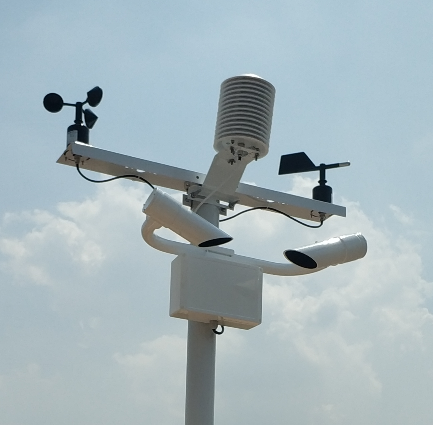
Front View
The visibility instrument (visibility sensor) requires a DC12V power supply and a three-wire RS485 communication cable. The instrument sends the meteorological visibility values and status information to the host computer in the monitoring centre via a communication interface.
The visibility instrument provides several sets of built-in commands for configuring system parameters and controlling many functions of the system. During assembly and maintenance, a display terminal is required to check the system parameters and may be used to change the parameter values.
The Visibility meter is an instrument that measures the distance visible in the atmosphere. Its measurement method is mainly through the measurement of the atmospheric extinction coefficient, and then based on empirical formulas to derive the distance observed by the naked eye. The measurement results of the visibility meter can reflect the transparency of the atmosphere and air quality, which have important application values for environmental protection and traffic safety.
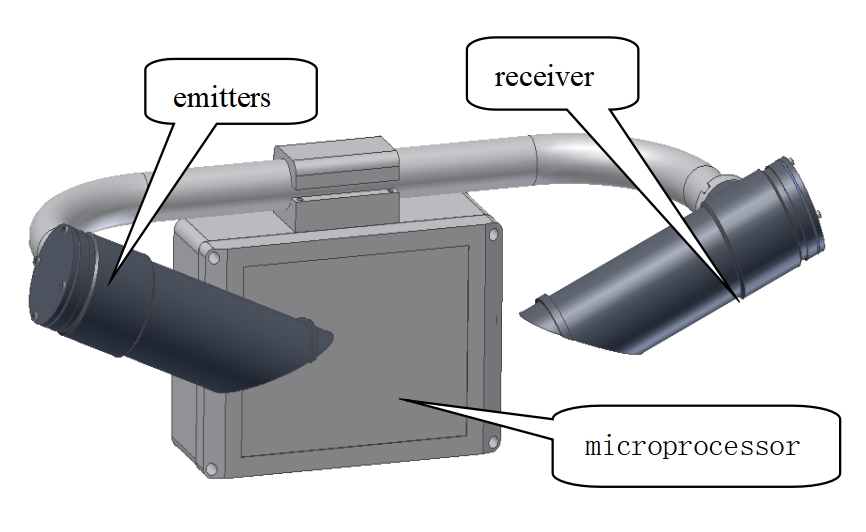
What is the measurement principle of visibility meter?
The measurement principle of visibility meter is mainly based on the scattering and absorption of light. In the atmosphere, light is scattered and absorbed by airborne particles (e.g. water droplets, dust, aerosols, etc.), which results in an attenuation of the light intensity, thus affecting the range of vision that we can observe.
Visibility meters can derive the extinction coefficient of the atmosphere by measuring the degree of scattering and absorption of light. The extinction coefficient is the degree to which light is attenuated by scattering and absorption as it passes through the atmosphere, and there is a relationship between its value and visibility. Therefore, by measuring the extinction coefficient and using empirical formulas, the visibility meter can calculate the visibility distance of the atmosphere, i.e. the visibility.
There are various methods of measurement for visibility meters, one of which is the forward scattering method. The forward scattering method refers to the principle of measuring the atmospheric extinction coefficient using the intensity of light scattered in a certain direction. The visibility meter fixes the light source and the detector at the same position. After the light source emits light, the detector at a certain distance detects the scattered light intensity. By measuring the scattered light intensity in different directions, the extinction coefficient of the atmosphere can be deduced.
Another common measurement method is the transmission method. The transmission method refers to the principle of deriving the extinction coefficient of the atmosphere by measuring the intensity of light transmitted through the atmosphere. The visibility meter is set up with an artificial light source, the transmitted light intensity of the light source is detected at a certain distance, and the atmospheric transmission coefficient is calculated to convert the visibility distance.
Specifically, the measurement principle of visibility meter is based on the principle of atmospheric scattering and absorption. When light passes through the atmosphere, it is scattered and absorbed by particles and gases in the air, resulting in a weakening of light intensity. By measuring the degree of attenuation of light intensity in different directions, the visibility meter can deduce the extinction coefficient of the atmosphere. Based on an empirical formula, the extinction coefficient is then converted into the naked eye observation distance, i.e. visibility. Its measurement results can help us understand the quality of the atmosphere and the environmental conditions, which has important application value for traffic safety and environmental protection.
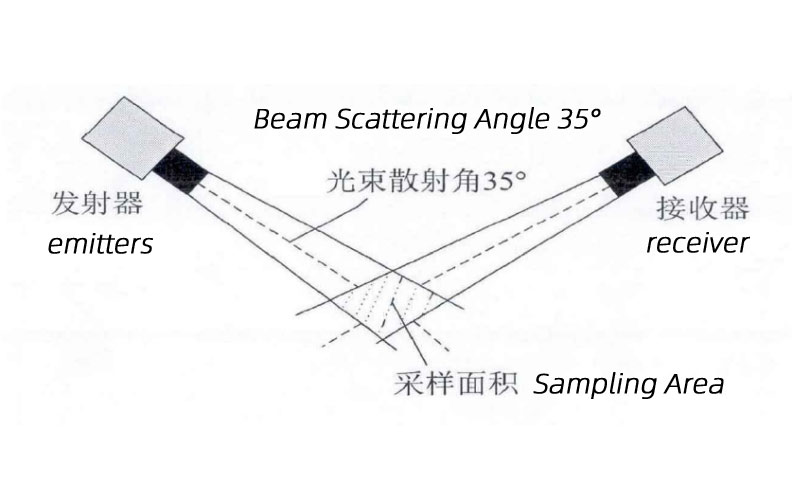
| Supply voltage: | DC12V |
| Signal output: | RS485 |
| Communication protocol: | standard MODBUS protocol |
| Baud rate: | 9600 |
| Technical principle: | light scattering |
| Scattering angle coverage: | 39o-51o front scattering |
| Peak wavelength: | 875nm |
| Bandwidth: | 100nm |
| Measuring range: | 5-10KM |
| Measurement accuracy: | ≤2km, 2%; 2km-10km, ±10%; |
| Working temperature: | -40-80℃ |
| Working humidity: | 0-95%RH |
| Standard cable length: | 10 metres |
| Size: | 610mm x 230mm x 300mm |
Material: | anodized hard aluminium, with paint protection on the outer surface |
| Protection grade | IP65 |
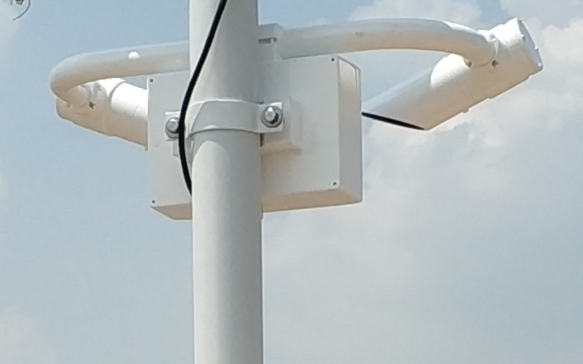
Rear view
Visibility sensors play an important role in meteorological monitoring and aviation operations at airports. Airport visibility sensors are used to monitor the impact of atmospheric particulate matter, fog, smoke, etc. on visibility, providing real-time visibility data to support the safe and efficient conduct of flight landings and takeoffs and ground operations.
Data from airport visibility sensors can provide airport operators, air traffic control and airlines with critical information to help them make decisions. For example, when visibility decreases, airlines may need to adjust flight schedules or implement special procedures, while air traffic control may need to adjust flight intervals and procedures accordingly to ensure flight safety. In addition, data from airport visibility sensors are also important for airport meteorological services, pilot decision-making, and other aspects.
Airport visibility sensors have an important role and value in aviation operations, mainly in the following aspects:
1. Flight safety: Good visibility is essential for flight take-off and landing, ground operations and flight safety. Visibility sensors can monitor particulate matter, fog, smoke and other factors in the atmosphere in real time, providing accurate visibility data to help pilots and air traffic control authorities make safe decisions.
2. Operational efficiency: With the data provided by visibility sensors, airlines and airport operators can keep abreast of visibility conditions so that they can adjust flight schedules, ground operations and flight intervals to ensure operational efficiency and avoid flight delays.
3. Early warning and alerts: When visibility drops to a level that affects airline operations, visibility sensors can send out early warning signals to alert the relevant authorities to take the necessary measures to ensure flight safety and normal operations.
4. Data support: data collected by visibility sensors are important for weather forecasting and historical weather analysis, which helps to improve weather forecasting models and enhance the accuracy of weather predictions.
In summary, the role and value of airport visibility sensors in aviation operations is reflected in the protection of flight safety, improvement of operational efficiency, early warning and forecasting of changes in visibility, and the provision of important meteorological data support. These functions make visibility sensors an indispensable part of airport meteorological monitoring systems and play a vital role in airport operations and aviation safety.
Sensors & Weather Stations Catalog
Agriculture Sensors and Weather Stations Catalog-NiuBoL.pdf
Weather Stations Catalog-NiuBoL.pdf
Related recommendations
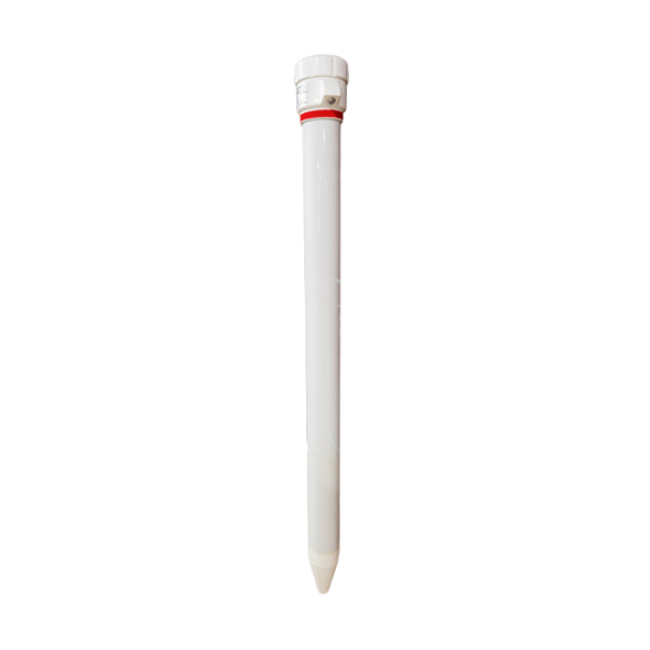 Multi-Depth Soil Sensor RS485
Multi-Depth Soil Sensor RS485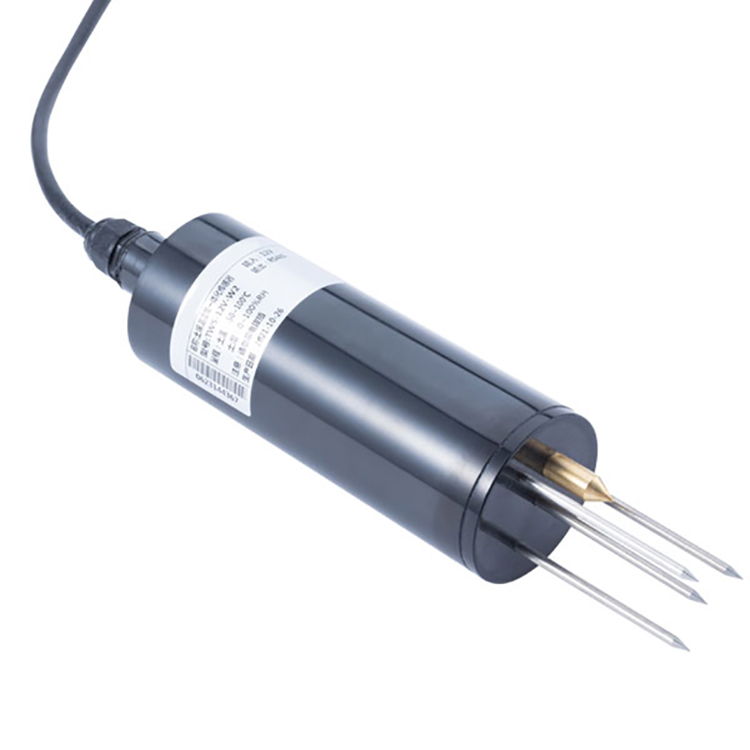 TDR Soil Moisture Sensor
TDR Soil Moisture Sensor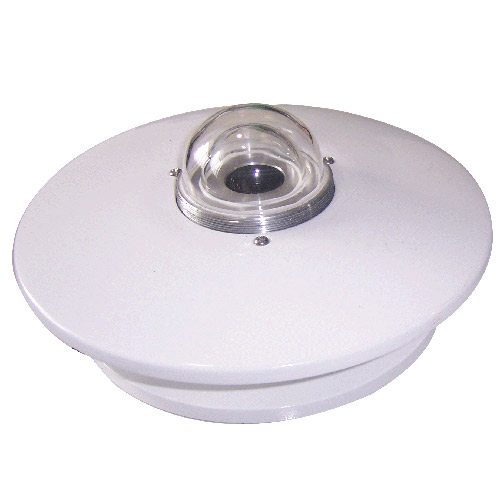 Pyranometer Solar Radiation Sensors
Pyranometer Solar Radiation Sensors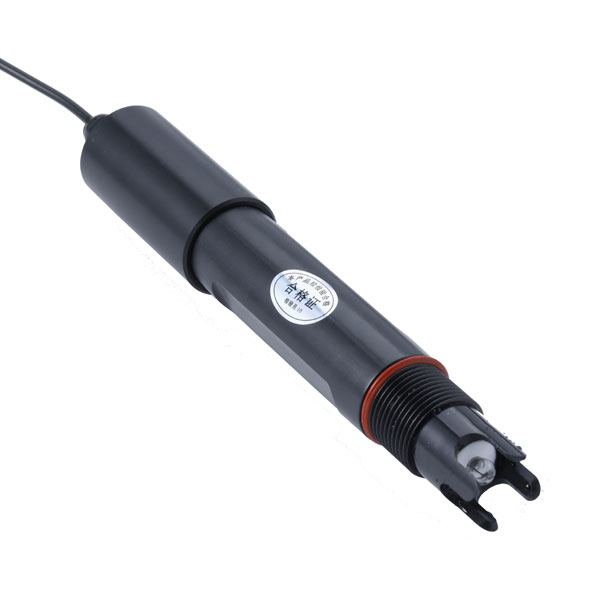 Soil ph sensor
Soil ph sensor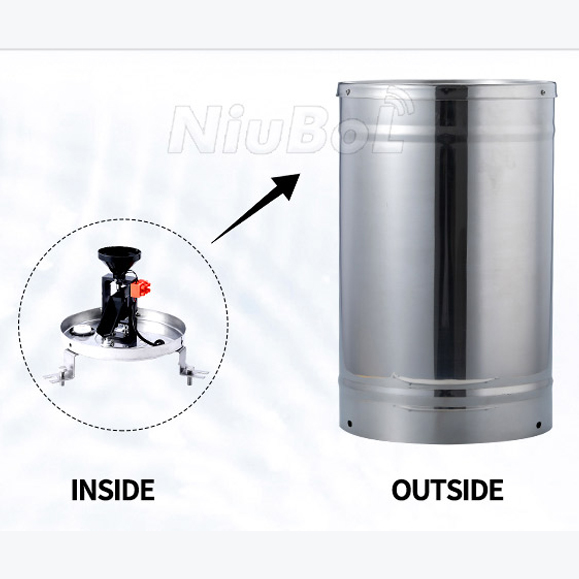 Tipping Bucket Rain Gauge
Tipping Bucket Rain Gauge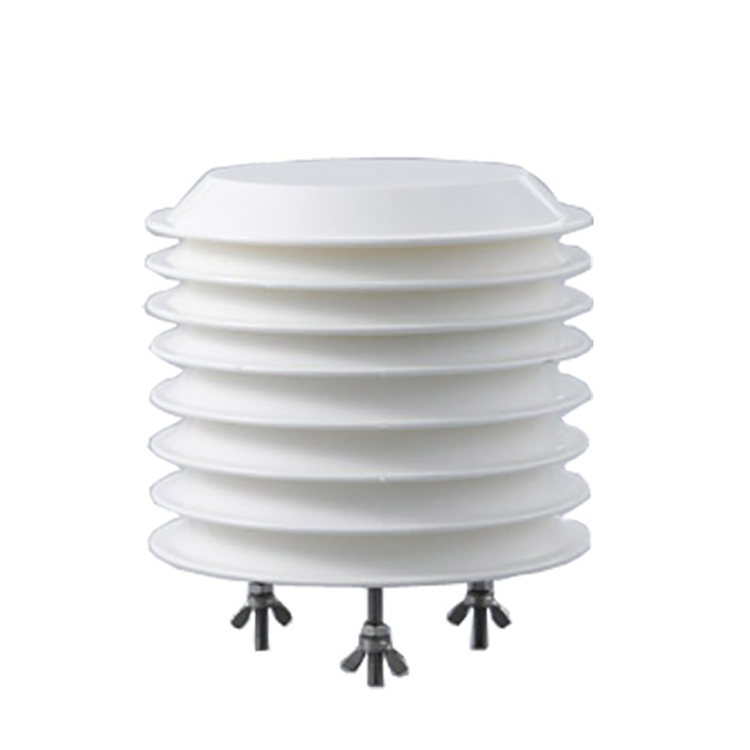 Air Temperature and Humidity Sensor
Air Temperature and Humidity Sensor
Screenshot, WhatsApp to identify the QR code
WhatsApp number:+8615367865107
(Click on WhatsApp to copy and add friends)
